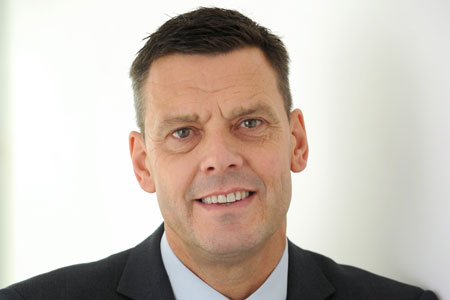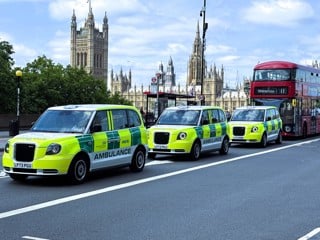It was a challenge to launch as the engineers are mobile and don’t all have computer access. Short had to get computers installed in depots so that drivers could take the risk assessment.
Ultimately, he would like to achieve a zero accident policy.
“I see my project taking three years before everything is running as I’d like it to,” Short says.
“It takes that amount of time with van replacements, fitting telematics, getting everybody through driver training and changing the culture of the business.”
Telematics is currently fitted to about half of the van fleet, but by early next year it should be in all of the vans.
Short is looking to reduce the company’s fuel bill by 10% within a year of the whole fleet having telematics installed.
“That would easily pay for the telematics,” he says.
Evander’s latest batch of vans are fitted with Ford’s Eco pack, which includes stop-start technology, and should further help improve fuel efficiency.
“We’re trying to make sure the vans are as environmentally-friendly as possible, but that all goes hand-in-hand with deployment and reducing the use of the vehicles,” Short says.
“It’s not just about the vehicles, it’s about how you use them.”
Evander’s company car fleet is capped at 130g/km. Short anticipates lowering the cap as manufacturer CO2 figures reduce.
Fleet management software has been introduced to help Short control costs.
The fleet was being managed on a Microsoft Access database but Short believes that dedicated software is a good investment for a fleet of Evander’s size.
“It allows us to manage pence per mile running costs so we can see which vans and which depots and which drivers are costing us the most or costing us the least,” he says.
Forward-facing cameras are being trialled in two vans. Short believes they will be effective for ‘repeat offenders’.
“It’s a deterrent to get them to drive more carefully because most of our incidents are low speed incidents, caused by things like driving too close to the vehicle in front,” he says.
Short is open to trialling any technology that will benefit the drivers. “At the end of the day, the engineer’s safety is paramount,” he says.




















Login to comment
Comments
No comments have been made yet.